MR BEAST: Bio, Age, Height, Personal Life, Career & Net Worth
Explore the fascinating life of Mr. Beast, including his bio, age, height, personal anecdotes, career journey, and impressive net worth, in this captivating read.

Laminate paper is excellent for protecting documents, but sometimes you must remove it. This is a quick and easy guide on how to remove laminate from paper. Following these steps, you can remove the laminate without damaging the paper.
How to remove laminates from paper? This post will help you answer this question and solve this problem as soon as possible with its easy method! What you need to do is follow the steps we introduced below. Then you'll find that your laminate on paper will be removed quickly, efficiently, and effectively! OK, let's start to talk about it then!
Table of contents [Show]
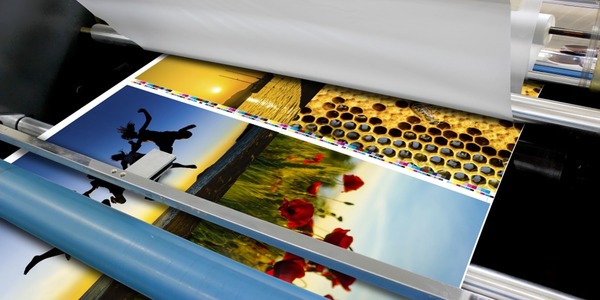
Laminate is a clear or colored film applied to paper to give it a glossy or matte finish. This durable coating protects the form from tearing, moisture, and fading. However, laminate can also make removing staples or tape from the paper challenge. We will explain how to remove lamination from writing in this article so that you can reuse or recycle it.
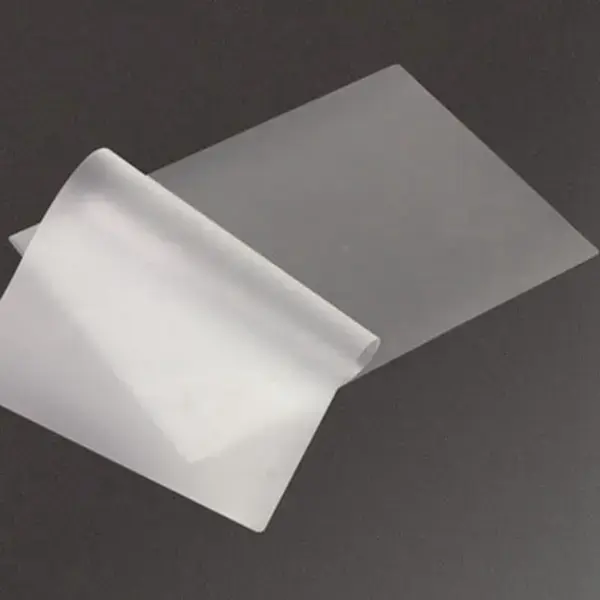
Laminate is a transparent plastic film applied to paper to give it a glossy, protective finish. Laminate is available in different thicknesses; the thicker the laminate, the more durable it will be. Laminate is typically used on documents handled frequently, such as business cards, ID badges, and luggage tags.
If you need to remove laminate from paper, you can try a few different methods. The easiest way to remove laminate is to use heat. To progressively remove the laminate off the paper, use a hair drier or heat gun. Another way to remove laminate is to use a chemical solvent, such as acetone or nail polish remover. Soak a cotton ball in the solvent and rub it over the laminated surface until the laminate peels away.
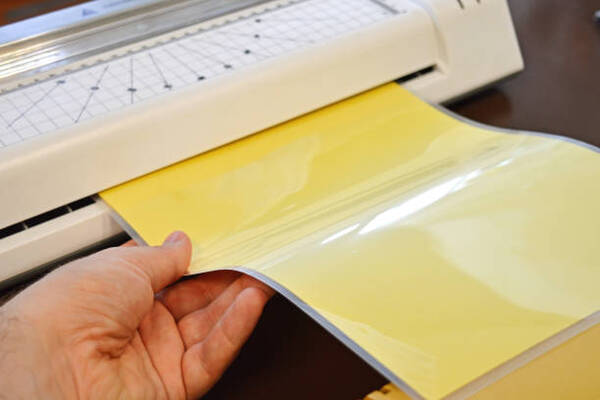
Lamination is a process where heat and pressure are used to fuse two layers of material. The most common materials used in lamination are plastic films and paper. The laminate is placed over the object to be protected, such as a document, and passed through a laminating machine. As it passes through the device, the heat activates the adhesive on the film and bonds it to the paper.
Documents are frequently laminated to preserve them from fading, water damage, and general wear and tear. It can also be used to change an object's color or give it a glossy sheen in order to enhance its appearance.
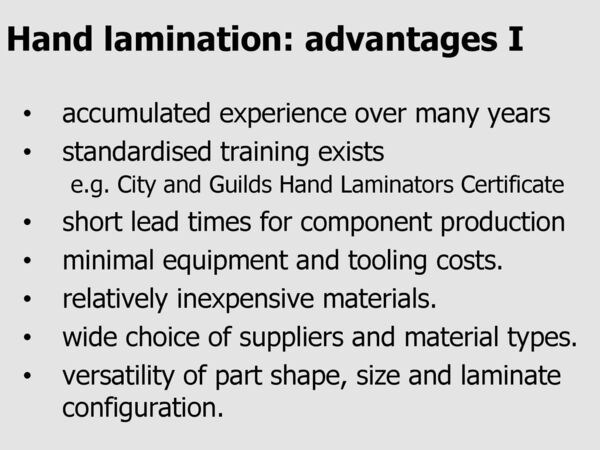
Lamination is a process that encases a piece of paper or other thin material in a thin layer of plastic. The result is a more durable, moisture-resistant, and tear-resistant product. Lamination also has the added benefit of making colors appear more prosperous and vibrant.
There are two main types of laminate: thermal and pressure-sensitive. Thermal laminate is activated by heat, while pressure-sensitive laminate is activated by pressure and does not require heat.
Laminates can be applied to both sides of a piece of paper (double-sided lamination) or just one side (single-sided lamination).
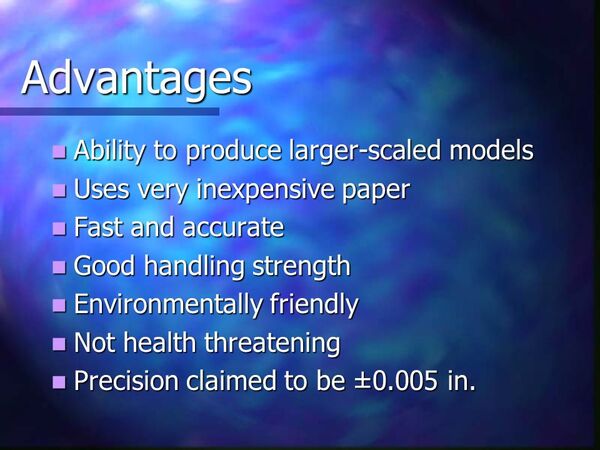
Lamination has several disadvantages, despite its many advantages. One of the biggest problems with lamination is that removing the laminate without damaging the paper is only sometimes possible. Once the laminate has been applied, it is tough to remove it without causing tearing, wrinkling, or other damage to the paper.
Another disadvantage of lamination is that it can make the paper more brittle. The laminate protects the piece from moisture and other environmental factors, making the paper less flexible and more likely to tear or crease.
Lamination can also be expensive, particularly if you have many documents laminated. The cost of laminating supplies, as well as the cost of having someone else do the laminating for you, can add up quickly.
Finally, lamination can change the appearance of some papers, making them look shiny or altering their color slightly. If you are concerned about how your documents will look after they are laminated, ask about this before you have them laminated.
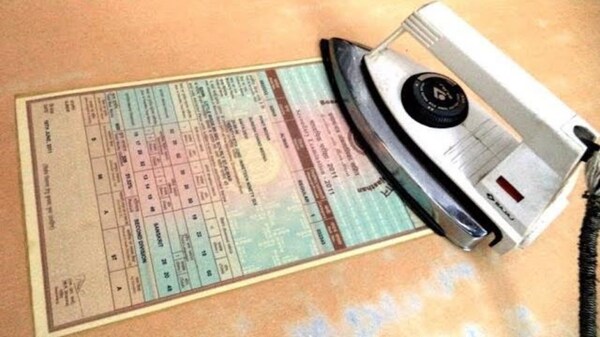
Laminate is a transparent, plastic film often used to protect documents or photos. It can be applied to the paper using various methods, including adhesive backing, heat lamination, and pressure-sensitive lamination. Even though removing laminate from writing can be challenging, it is doable with the correct equipment and a little bit of perseverance.
If you need to remove laminate from a document or photo for any reason, there are some different ways to go about it. Depending on the type of laminate and the method used to apply it, you may need to use a combination of methods to get the job done. Here are some tips on how to remove laminate from the paper:
-If the laminate is applied with an adhesive backing, you can try peeling it off slowly and carefully with your fingers. You can gently scrape off any tenacious adhesive with a razor blade or putty knife.
-You will need to apply heat to the laminate in order to break the binding between it and the paper if the laminate has been heat-sealed to it. You can use a heat lamp, hair dryer, or low-heat iron. When the laminate starts to peel away from the paper, hold the heat source about 6 inches from the laminate's surface and rock it back and forth.
-If the laminate is pressure-sensitive, you will need to use a solvent to break up the adhesive bond, such as acetone or nail polish remover. When the laminate starts to peel away, dab a little amount of solvent onto a cotton ball or cloth and wipe it over the laminate's surface. Ensure you ventilate the area well and avoid getting any solvent on your skin or your eyes.
Once you have removed all of the laminate from the surface of your paper document or photo, you may need to do some cleanup work. If any adhesive residue remains on the paper, you can try rubbing it off with your fingers or using a damp rag to wipe it away. You can use sticky Tape, Goo Gone, WD-40, vinegar, or olive oil if stubborn spots remain.
The laminate may have been applied improperly, or the laminating machine might be too hot. In order to remove the laminated paper, place it in the freezer for some hours. Take care not to freeze anything else with it! Once the paper is sufficiently cooled, use a metal spatula or other blunt-edged object to peel off as much of the film as possible. Repeat the freezing and peeling steps until all of the laminated paper has been removed.
We hope you enjoyed this guide on how to remove laminate from paper. Please forward it to your friends and family if you found it helpful.
If you want to learn more about removing laminate from paper, a few resources can help you. One is the Paper Lamination Handbook, which provides detailed information on removing laminate from paper. Another is the Lamination Handbook for Libraries and Archives, which covers paper and film lamination.
Start by trimming the lamination's edges, then blast warm air onto it with the blow dryer. The advantages of the lamination are that they will rip apart after the lamination is heated, and the atmosphere is pressed between the paper and plastic.
You could begin by covering the plastic with a fabric or a rag to prevent melting while the iron warms the plastic. The steam from the iron will assist in separating the paper's lamination from the material after it has been ironed several times.
You could begin by covering the plastic with a rag or cloth to prevent melting while the iron heats the material. After several passes with the iron over the fabric, the steam from the iron will assist in separating the paper's lamination from the backing.
Start by trimming the lamination's edges, then blast warm air onto it with the blow dryer. The lamination's advantages will rip from one another once it has heated up and air has begun to push between the paper and plastic.
"But Mabel must have taken my place!" the pigeon exclaims. "What is the purpose of the small door?" I'll make an effort to express myself.
Explore the fascinating life of Mr. Beast, including his bio, age, height, personal anecdotes, career journey, and impressive net worth, in this captivating read.
Explore Corinna Brown's fascinating life in this engrossing read to find out about her journey, age, personal anecdotes, career highlights, and net worth.
In the ever-evolving landscape of dental care, making informed choices about dental implants is crucial for long-term success.


